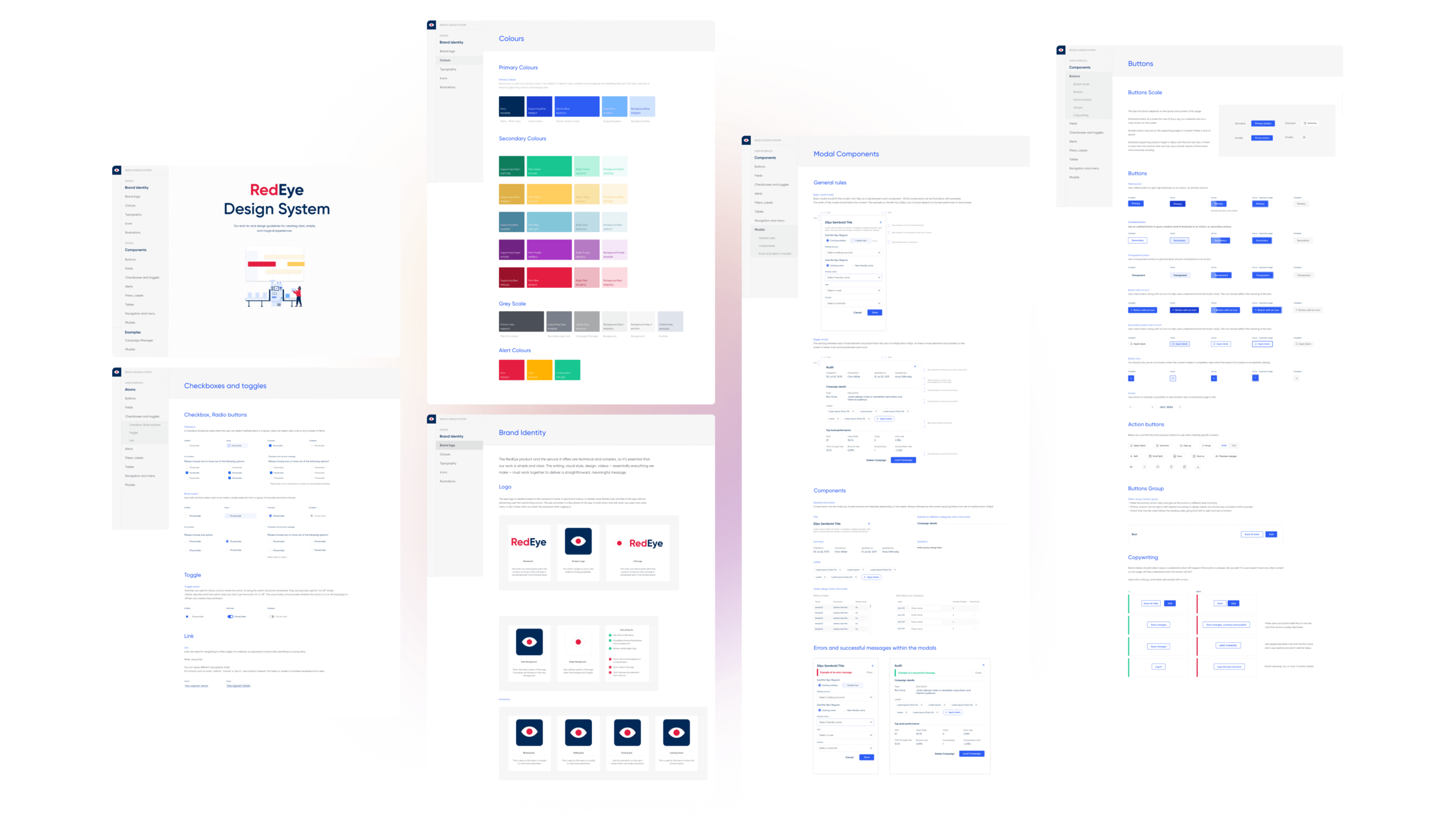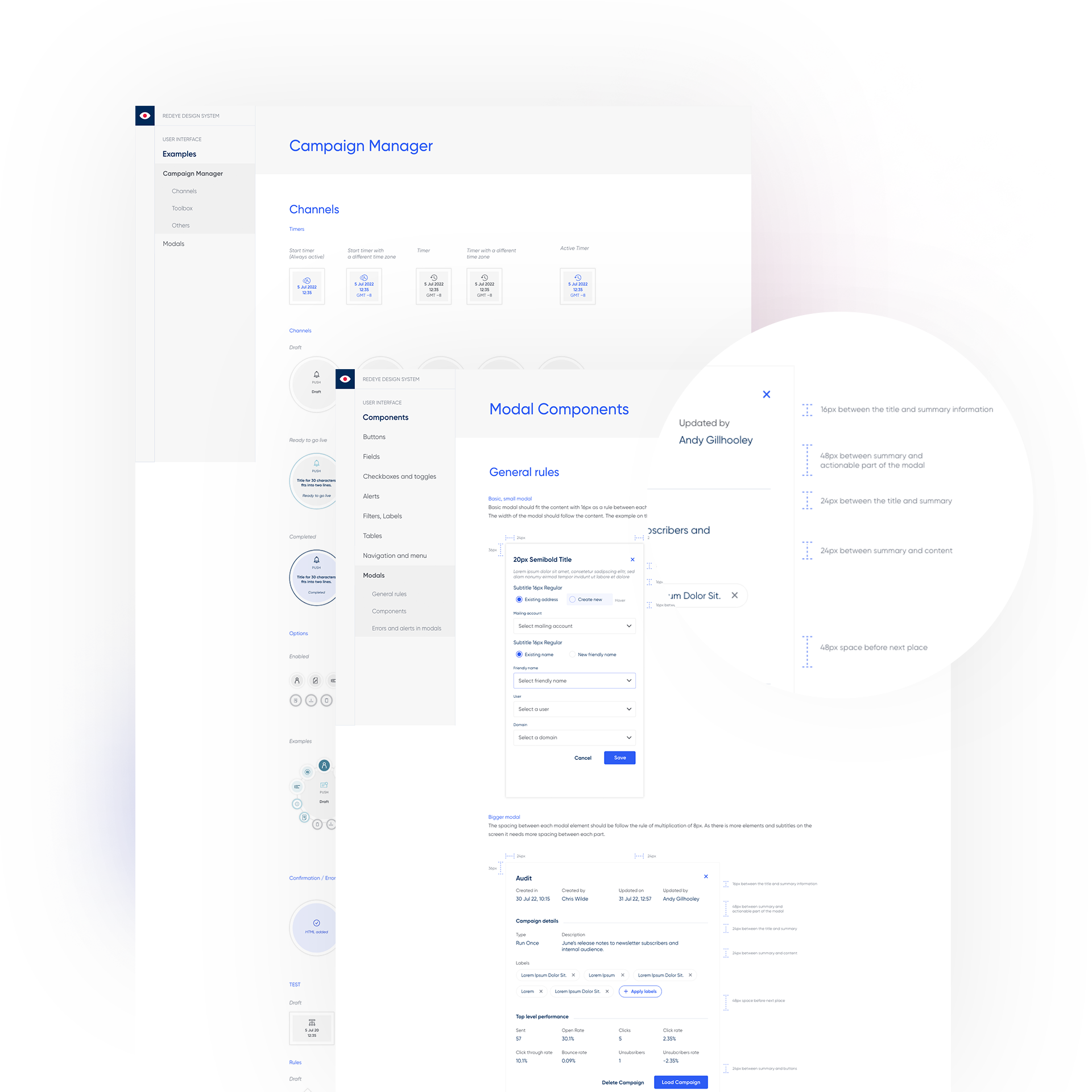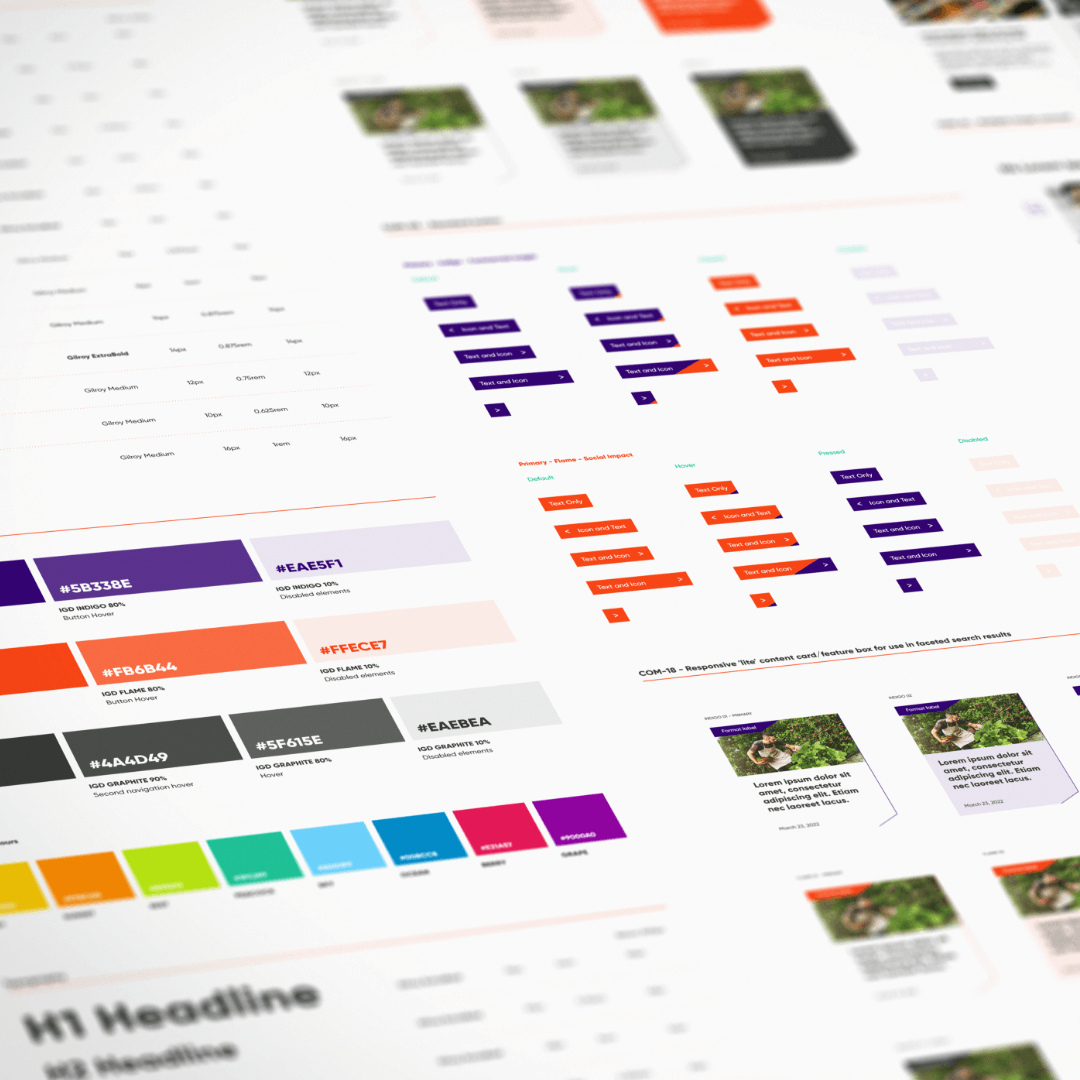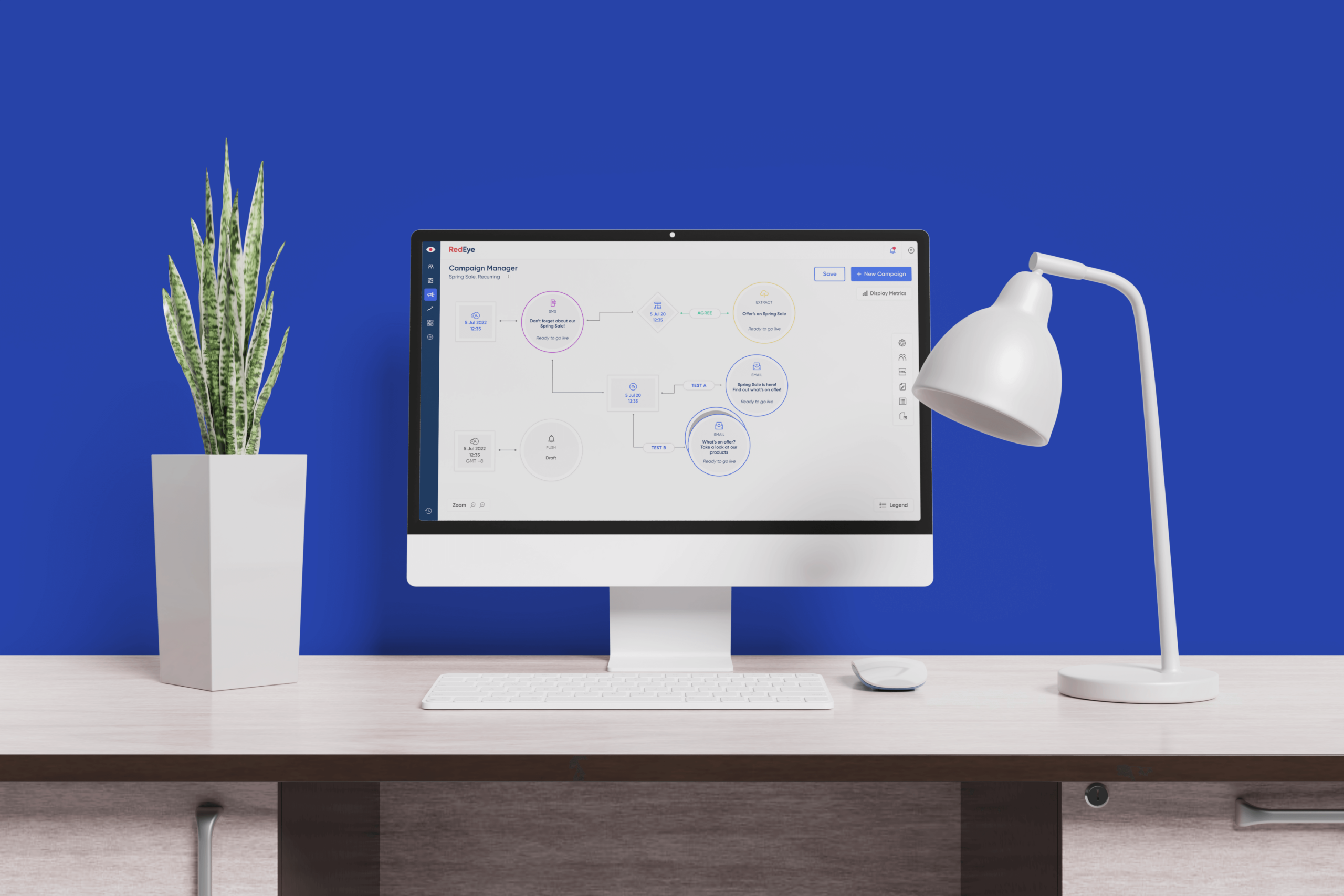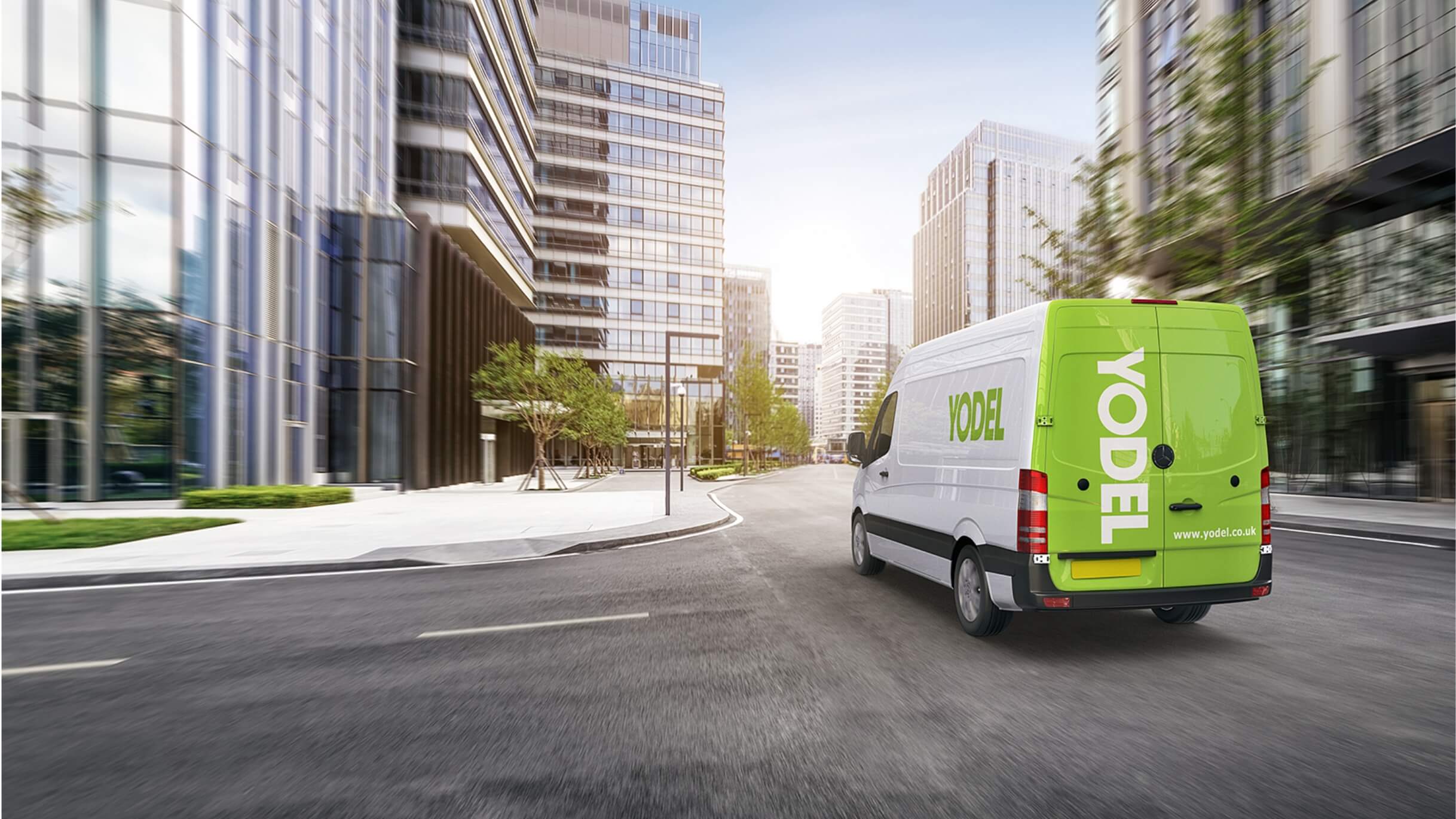A design system enhances collaboration between designers and developers by:
- Shared Language: It establishes a common language and centralised guidelines, improving communication and reducing misunderstandings.
- Efficient Handoff: Detailed specifications and accessible design assets streamline the implementation process, ensuring accurate translation of the design vision.
- Consistent Experience: Using the same design elements promotes a unified and seamless user experience.
- Iterative Feedback: It encourages continuous improvement through feedback loops between designers and developers.
- Easy Updates: System-level changes automatically reflect across all components, simplifying maintenance.
Overall, a design system aligns teams, improving collaboration and leading to better products.
